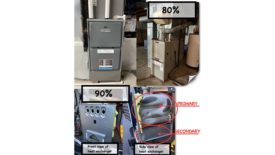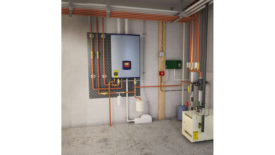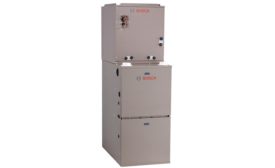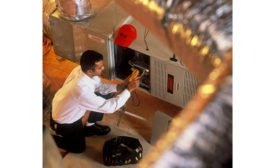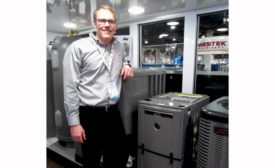Home » Keywords: » condensing furnaces
Items Tagged with 'condensing furnaces'
ARTICLES
How a Condensing Gas Furnace Works
Home modifications necessary for conversions will add to costs
Read More
Neutralizing Condensate Essential for High-Efficiency Condensing Systems
Process eliminates harmful side effects of corrosive runoff
Read More
Regular Maintenance Extends the Lifespan of Condensing Furnaces
Contractors should ensure homeowners are scheduling regular maintenance visits
Read More
Condensing Furnace Sales Continue To Climb
Consumers are willing to pay the price for a more comfortable living environment
Read More
Copyright ©2024. All Rights Reserved BNP Media.
Design, CMS, Hosting & Web Development :: ePublishing



